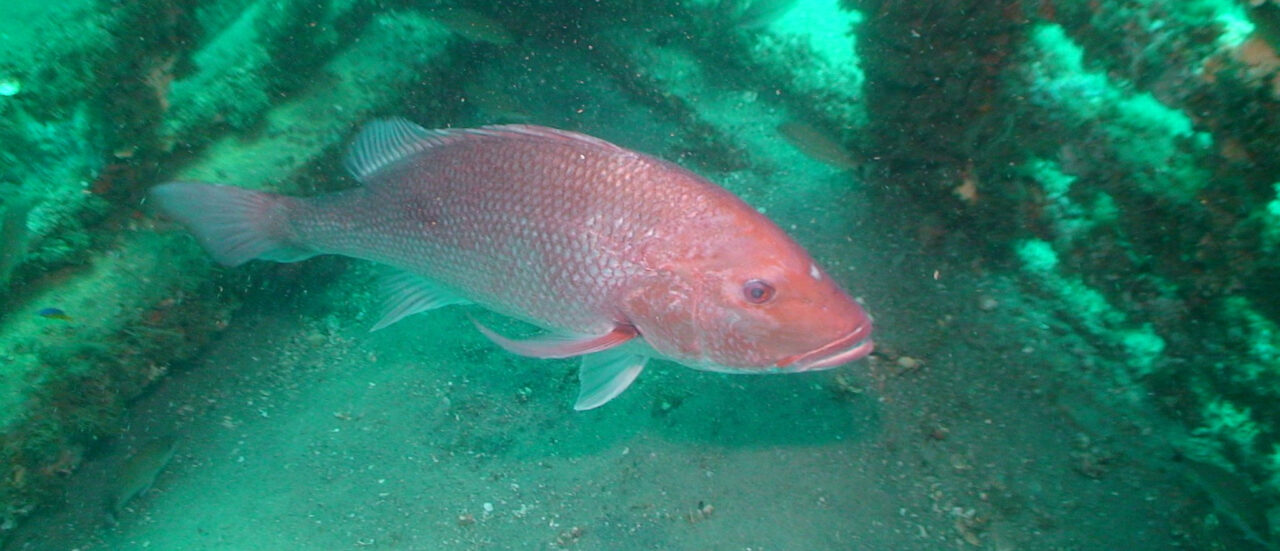
The struggle within federal fishery management over red snapper in the South Atlantic moves to the fall as experts try to figure out a formula and process that satisfies the regulatory framework while opening a fishery seen by many as unnecessarily tight.
In April, the Snapper-Grouper Advisory Panel (AP) of the South Atlantic Fishery Management Council (SAFMC) appeared to rebel against the Council and unanimously agreed to forward a statement to it.
“The AP presented opinion and suggestions in the best of faith,” panelists said in their statement.
“However, the overriding opinion and feeling of the AP is that red snapper are recovered. This is based on the collective on-the-water experience of the AP members. The AP overwhelmingly feels they were asked for suggestions to solve a problem that no longer exists. The red snapper is highly abundant. The biomass of the species is largely assumed by the AP as recovered and sufficient in abundance and range to begin a pathway to more liberal regulation of the species.”
The SAFMC’s Scientific and Statistical Committee (SSC) sees things a little different than the AP, however.
“Small changes that allow only a slight reduction in effort or discard mortality rates will not be sufficient to address the challenges facing this fishery and successful rebuilding of red snapper,” according to the Regulatory Amendment 35 decision document.
“In the short-term — for this regulatory amendment — the SSC recommends pursuing temporal/spatial reductions (possibly wave-based) in bottom fishing. Seasonal differences among regions within the South Atlantic should be considered when developing these regulations, if possible. The bulk of recreational discards for red snapper are occurring off the East Coast of Florida; thus, spatial closures may be most effective in this area.”
The SSC’s recommendations weren’t going to fly with the Florida Fish and Wildlife Conservation Commission (FWC), though, which was reiterated at the recent quarterly SAFMC meetings in Key West.
“I’ll just once again note, for the record, that FWC is against closures,” said Jessica McCawley, Chairwoman of the SAFMC Snapper-Grouper Committee and the FWC Marine Fisheries Director.
“I know (these are) just the analyses, but time-area closures just aren’t going to work here in Florida.”
A recurring statistical problem is, according to advocates of further reopening the fishery, there are so many red snapper that discards showing up in bycatch are causing the fishery to be “overfished,” a sort of regulatory catch-22. It’s not as easy as just allowing fishers to keep some of what they unintentionally catch, as the framework of the Magnuson-Stevens Fishery Conservation and Management Act doesn’t allow for those kinds of quick pivots on policy.
FWC Executive Director Eric Sutton sent a 600-word statement to the Council detailing FWC’s problems with how the fishery’s been managed over the last several years.
“Everyday we hear from fishermen stating that red snapper abundance is higher than they can remember,” Sutton said. “FWC urges you all to continue developing creative ways and borrow ideas from other Councils and state agencies to address the red snapper issue in the Atlantic.
“At FWC, we developed the Gulf Reef Fish Survey — now the State Reef Fish Survey — to take control and ownership of the Gulf red snapper fishery. It was a lot of time and effort to develop a timely and precise data collection survey, but the result of that time and effort is the longest private recreational Gulf red snapper season in Florida since the state took over management — 57 days for 2022. I want to underscore that a spatial or temporal closure is not the answer and complex problems need thoughtful solutions before taking drastic action.”
Council staff are working to build out Regulatory Amendment 35, with some precise language.
Staff are to work on red snapper catch levels, along with developing draft action and alternative language to change South Atlantic red snapper overfishing limit, acceptable biological catch, optimum yield and annual catch limits, based on SouthEast Data, Assessment, and Review (SEDAR) 73, and the SSC’s most recent recommendations.
It’s also to include annual catch limit alternatives for 90-100% of the acceptable biological catch number.
Staff from the Council, the Southeast Fisheries Science Center (SEFSC) and the National Oceanic and Atmospheric Administration Fisheries Southeast Regional Office are also to develop eight different analyses to inform action on red snapper area closures, with those reports expected at the SAFMC meetings in September in Charleston, South Carolina.



